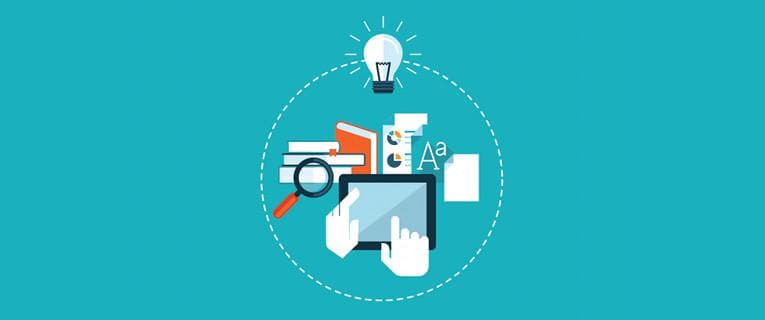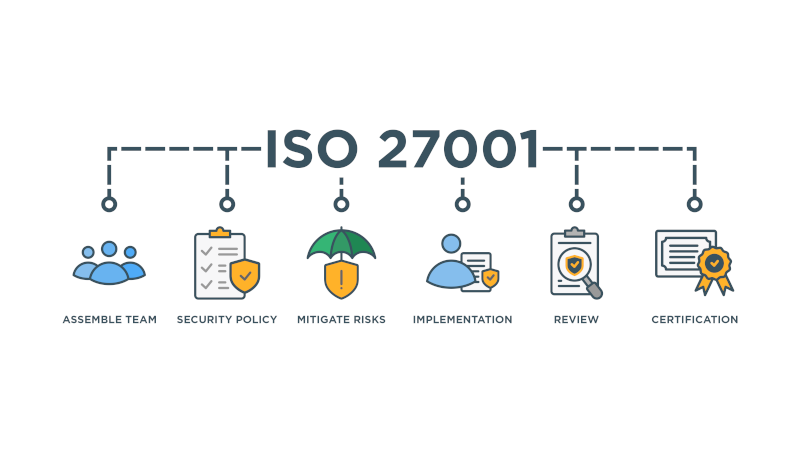Product Managers and Product Marketers come to us when they realize they need an interactive walkthrough or a product tour for user onboarding. However, we advise our new customers to consider task-based user onboarding. That is, instead of planning user onboarding around features try focusing on goals.
Your product's value proposition meets the overarching pain points for users with your products many features and capabilities. How can you make that tangible for new users without overwhelming them? Your onboarding process should offer clearly articulated benefits. By using interactive walkthroughs, you can break down a lofty goal into manageable tasks. These tasks- representing the tangible value of your product - get your users on the path to success.
In this article, we look at how to apply user onboarding best practices: and focus on users' goals and not your product's features.

Change the perspective: Focus on users’ needs instead of your product features
If you’re creating user onboarding content for new users, you’re probably thinking about feature adoption.
We noticed that when product managers and product marketers start using Inline Manual, they dive in deep. They create multiple interactive walkthroughs and product tours with 20 or 30 steps. They pull users across their application with enthusiasm: Here’s this feature! Here’s that feature!
It’s is a classic mistake in product marketing, to focus so much on the bells and whistles of product features rather than the benefits and results that users need.
It also presents a danger. A long product tour is tricky to maintain and hard for users to follow. Long tours present information out of context. You may show them configuration options or features they don't even need yet. Because of that, long product tours also run the risk of failing to demonstrate the key value of the product at all.
Tip: Read this article about the first-time user experience (FTUE).
Prompt users with an offer they can’t refuse
Turn the tables with your user onboarding content and look at onboarding from the user's perspective. Users don't need learn everything about your product when they first sit down with it. They have a specific problem, and they want to solve it. How can your web application help? To help them, make reaching goal the result of your first tour.
To prepare and plan, start creating your offer by articulating the user’s goals.
- What are your customers’ most important goals?
- How do they describe these goals in their own words?
Next, connect those goals to tasks they can complete and actions they can take right now in your application.
Then you must narrow it down. Choose one to start with. An ideal task would be something which has a clear result or end point. Then the final step will demonstrate: “HEY! You did it!”
Now, make your offer by providing a clear motivation. Rather than a vague “Welcome tour” - you invite users to gain a tangible benefit.
- Do [task] so that you will [achieve goal].
- Or swap it around to say: [Reach goal] by [completing task].
Here are some examples:
- Do you want to connect your account to see where you can save money? (Do you want to __ so you can __?)
- Complete your profile so that clients can find you. (Do __ so that you can __.)
- Take the first step to financial freedom by calculating your budget. (Reach goal by _.)
The offer is the first part of your first onboarding walkthrough or tour.
KISS it: Start with your offer and then deliver it.
Keep these three parts in mind when you’re planning your tour. KISS it. (Keep it simple, stupid.)
- Start with the offer as outlined above. Demonstrates your product’s value proposition.
- Next, guide users to take the minimum steps in your app.
- Land with success. Show them results and congratulate them on what they achieved or created.
For example, say you have an application with brilliant analysis tools, but users can’t see how they work until they connect to a data source. Your interactive walkthrough can prompt the user to authorize the integration. Then show them the results. In these quick three steps, they get to that “A-ha! Moment."
Here’s example user onboarding walkthrough
- Step 1: The first step is the offer which makes the benefit and task clear. Do you want to [task] so you can [benefit] right now? User clicks "Next" to start the interactive walkthrough.
- Step 2. Prompt users to take action, by highlighting interaction in your app. User clicks the element, which goes to the next step.
- Pro-tip: Skip steps which say “click here to go somewhere." Instead, redirect users if needed to the right place in your application.
- Step 3? Be careful adding each step - keep the tour as short as possible.
- Final step: Show the results of what they have completed in the interactive walkthrough, and reiterate the benefits they have just experienced.
The great thing is, if this is your first user onboarding tour, then continue to build these task-based tours. Collect them in the Widget where users will refer back to them later. You can also curate tasks into a user onboarding checklist so people know what is most important and where to go next. Checklists and progress indicators help motivate users.

Conclusion
It seems to make sense to focus on feature adoption during free trials. However, that perspective makes it difficult to communicate value. Turn the table and look at it from the user’s perspective. Instead of long product tours, you should start with the simplest tour and make sure it’s goal-driven.
Starting with the offer is important. In this way, you invite to opt-in to taking a tour, so you’re not highjacking their experience. Then when you’re finished, you get another chance to reiterate that benefit and put it in the context of your overall product value proposition.
When your free trial users see that the benefits outweigh the cost, they are closer to conversion. We’ll look at communicating that value in our next post next week.

